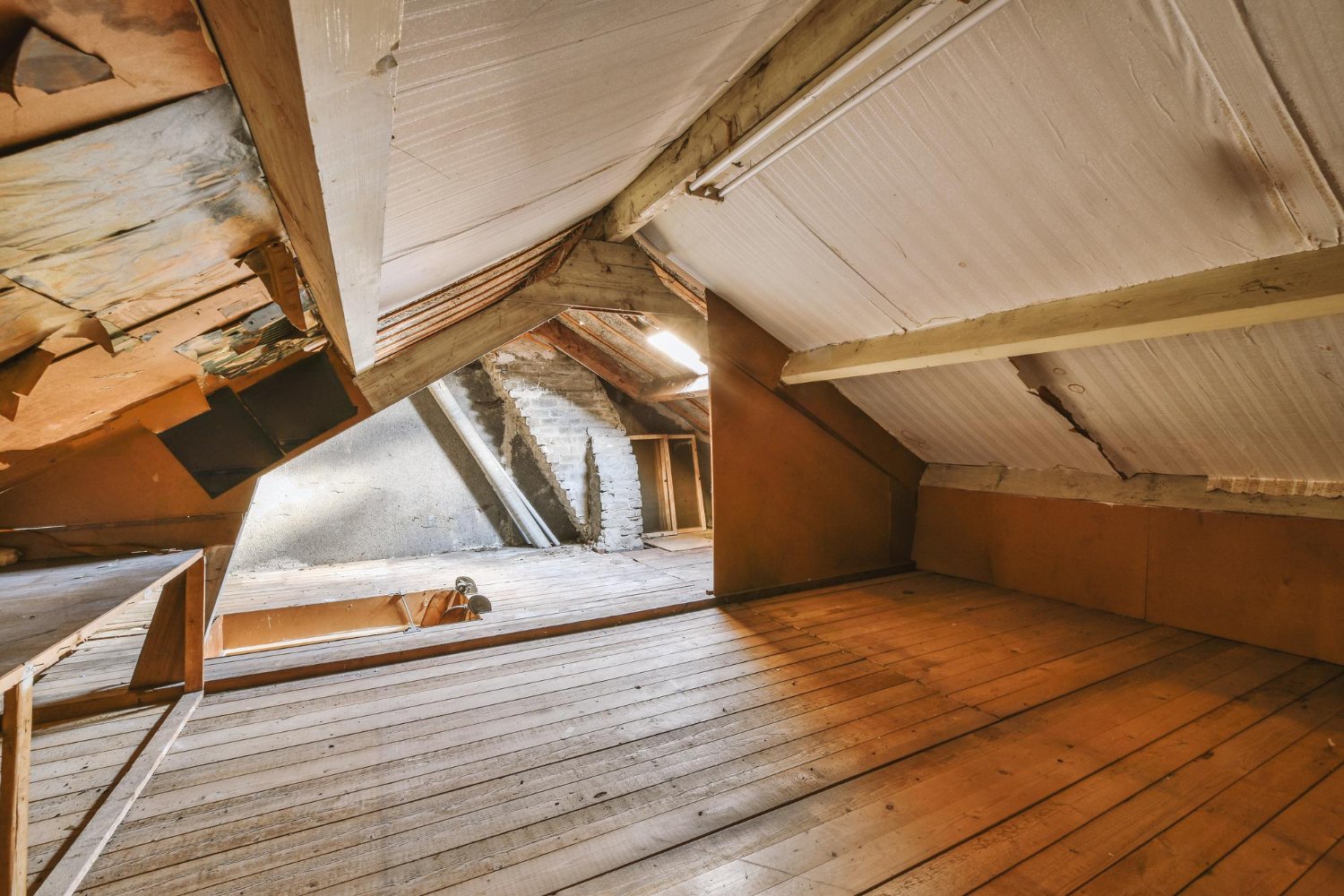Whether youre a long-time homeowner or a new real estate developer, taking care of a swimming pool can sometimes feel like a puzzle. One of the most commonly asked questions when it comes to pool maintenance is how long to wait after shocking pool. Understanding this process is critical not just for safety, but also for maintaining the health and cleanliness of your pool.
Shocking your pool involves adding chemicalsusually chlorine or non-chlorine oxidizersto eliminate harmful bacteria, algae, and other contaminants. But before you or your loved ones can dive back in, you must allow some time for the chemicals to do their job effectively. This article serves as a guide to walk you through every step and ensure a safe, enjoyable swimming experience.

What Does It Mean to Shock a Pool?
Shocking your pool is a cleaning method used to reset your water chemistry by increasing the chlorine level drastically for a short time. This helps eliminate bacteria, algae, and other waste that regular chlorine levels fail to tackle. Understanding what pool shocking entails will give you a better idea of how long to wait after shocking pool.
Why Is Shocking Necessary?
- Eliminates contaminants: Sweat, sunscreen, and even rainwater introduce foreign elements into your pool that regular chlorine cannot handle effectively.
- Prevents algae growth: Algae can quickly turn your sparkling pool into a green nightmare. Shocking kills algae before it takes over.
- Restores balance: Regular use of your pool can mess with chlorine levels. Shocking helps restore the balance, ensuring safe swimming conditions.
Types of Pool Shock
There are two main types of pool shock:
- Chlorine-based Shock: This is ideal for killing harmful bacteria and algae but requires people to wait longer before swimming.
- Non-chlorine Shock: This kind works faster and is better for maintaining your pool during lighter use.
How Long to Wait After Shocking Pool?
One of the most frequent questions is, how long to wait after shocking pool? Typically, the wait time depends on the type of shock treatment used. Below is a breakdown:
1. Using Chlorine-based Shock
For chlorine-based treatments, you should wait at least 24 hours before swimming. This ensures that chlorine levels drop below 5 parts per million (ppm), considered safe for humans. To confirm, use a reliable pool testing kit to measure chlorine levels.
2. Using Non-chlorine Shock
Non-chlorine shock treatments often allow you to swim within 15 to 30 minutes post-treatment. This method oxidizes contaminants rather than sanitizing bacteria, making it quicker but less robust.
How to Measure Chlorine Levels?
Before jumping back into the pool, its crucial to measure chlorine levels to ensure safety. Heres how:
- Use test strips: Affordable and easy to use, dip the strip into your pool water, then compare the results against the chart provided.
- Digital testers: More accurate but pricier, these devices give instant chlorine readings.
Factors That Influence Waiting Time
Several factors dictate how long to wait after shocking pool. Lets look into some:
- Pool size: Larger pools may require longer times for chemicals to dissipate fully.
- Weather: Sunlight helps chlorine evaporate faster, reducing waiting time.
- Frequency of use: If your pool is used frequently, shocking might take longer.
Common Mistakes When Shocking a Pool
To avoid setbacks and delays, steer clear of the following:
- Skipping chemical tests: Dont guess; always measure chlorine levels post-treatment.
- Improper application: Pouring shock treatments in a single location can cause uneven distribution.
- Swimming too soon: Ignoring wait times puts swimmers at risk.
How to Maintain Pool Health Post-Shock
To keep your pool in top shape after shocking, follow these guidelines:
- Monitor regularly: Use a pool test kit at least once a week to keep chemical levels balanced.
- Clean filters: Regularly maintain your pools filters to avoid reinserting contaminants into the water. Clean pool filter.
- Avoid debris: Scoop out leaves and other materials regularly.

FAQs
1. Can I shock my pool during the day?
Sunlight reduces the effectiveness of chlorine-based shocks, so its best to shock your pool in the evening or at night.
2. Is it safe to shock a pool frequently?
Over-shocking can damage pool components, so stick to a proper schedule or shock only when the water chemistry demands.
3. How do I know if my pool needs shocking?
Signs include cloudy water, strange odors, or a noticeable algae growth. For other causes of cloudy water, check why is my pool cloudy.
Maintaining a safe, clean pool is easier when you follow these steps and ensure sufficient wait times after shocking. A healthy pool is a happy pool, so take care of your investment and enjoy!
For more pool maintenance tips, you can refer to this guide.
This article contains affiliate links. We may earn a commission at no extra cost to you.




